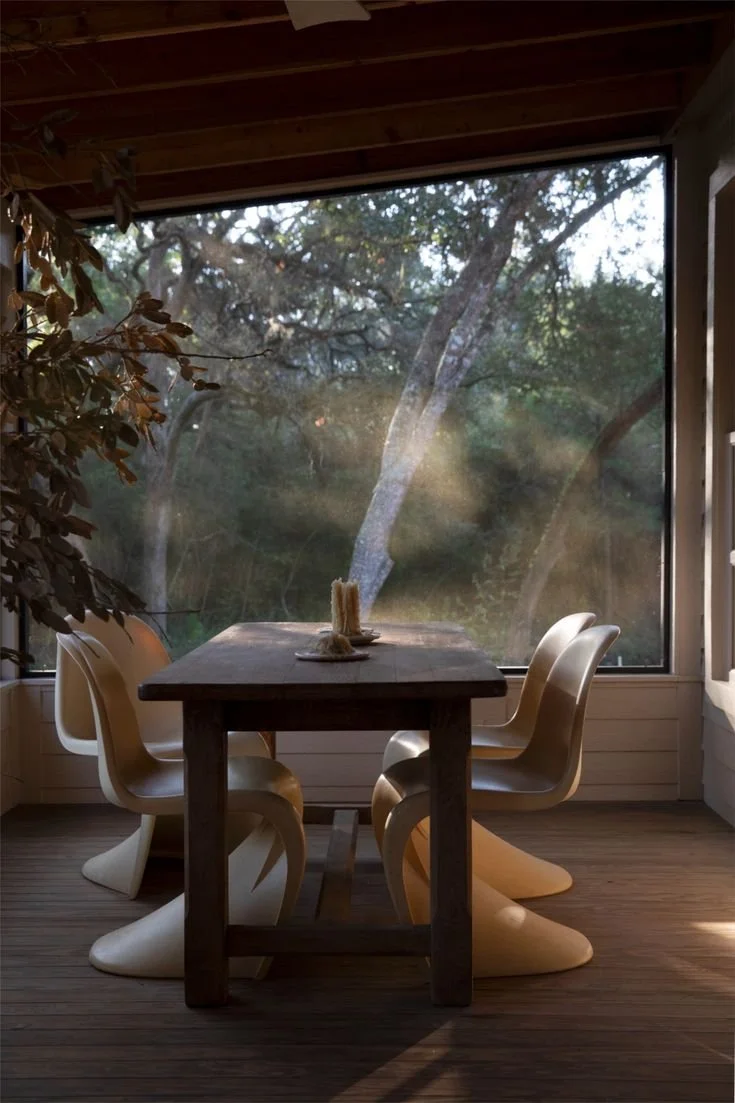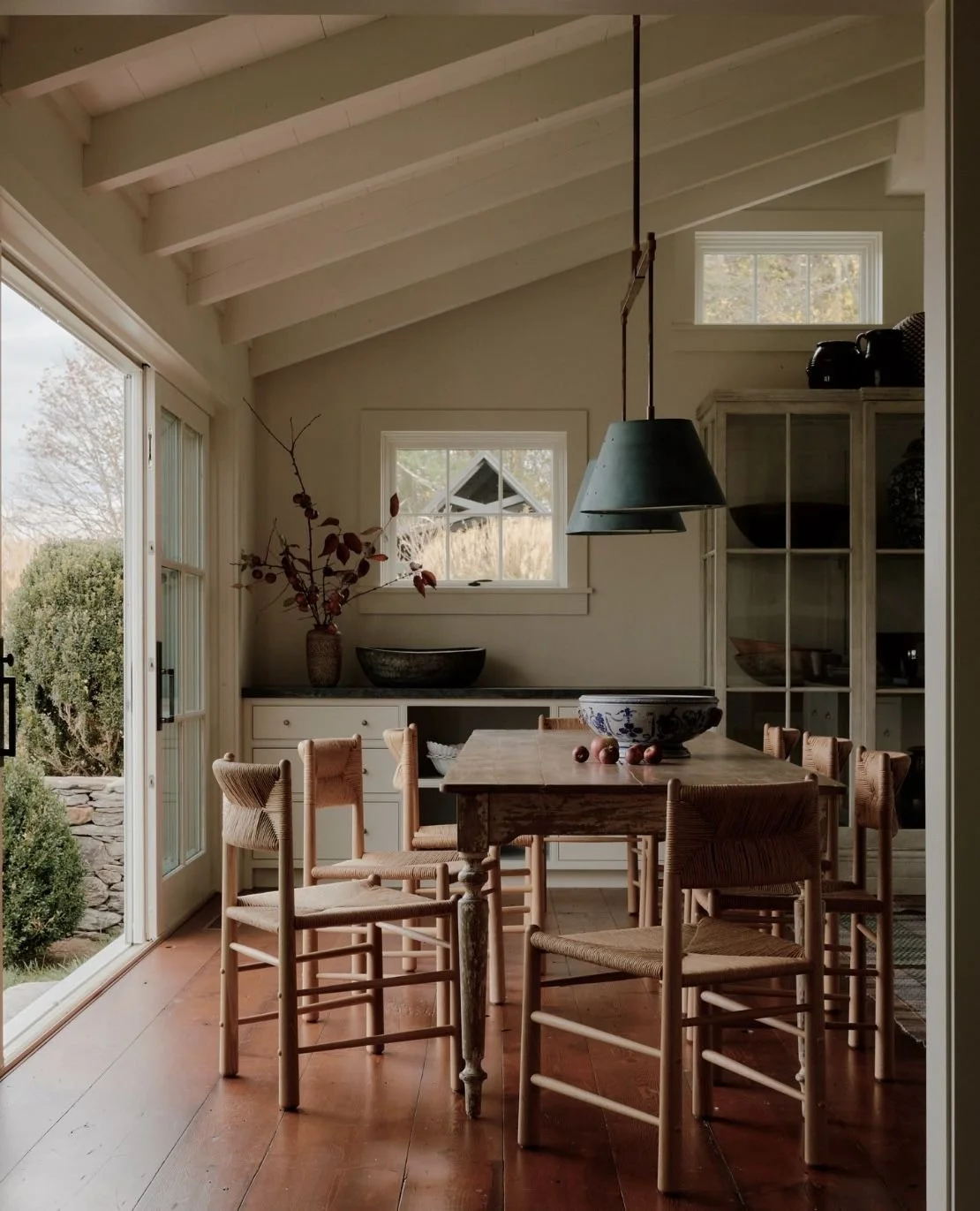Designing for Real Life — Not for Pinterest
(Creating a home that feels like you — not a showroom)
We’ve all been there — scrolling through perfectly styled interiors on Pinterest or Instagram, saving photo after photo of bright white kitchens, perfectly puffed throw pillows, and artfully messy “unmade” beds. And while inspiration is a beautiful thing, the truth is… most of us don’t live in homes that look like that.
And that’s okay — because the best homes aren’t the most styled ones. They’re the ones that feel lived in, loved, and uniquely yours.
At Sage, we design with that in mind — spaces that feel effortless, layered, and functional for the real life that happens inside them. Here’s how to bring that same energy into your own home.
1. Start with how you actually live
Before you pick a paint color or start sourcing furniture, look honestly at how you use your space.
Where do you drop your bag at the end of the day?
Do you eat on the couch more often than the dining table?
Where does clutter naturally collect?
Designing for real life means planning around habits — not forcing your home to fit a magazine layout. If you’re constantly kicking shoes out of the hallway, maybe you need a built-in bench with hidden storage there. If your kitchen island doubles as homework central, add outlets and comfy stools.
Form should follow function — always.
2. Mix old and new for a collected feel
Pinterest can make us believe that every piece in a room has to match perfectly. But homes with personality usually don’t.
Blend eras, materials, and stories — a vintage rug under a sleek modern table, an heirloom chair next to a clean-lined sofa. This balance gives your home depth and soul.
Pro tip: When mixing styles, find one element that connects them — like tone, texture, or shape. A midcentury lamp with a rattan shade ties beautifully into more organic, coastal pieces.
3. Choose materials that age well
Real life involves spills, pets, kids, and the occasional red wine mishap. Believe me- you should see my sofa. From snacks to dance routines, our furniture takes a beating. Choose finishes that can handle it.
Go for performance fabrics on upholstery.
Use sealed natural stone or matte quartz for counters.
Embrace wood that gains patina — a few scratches can tell a story.
The goal isn’t to prevent wear, but to let your home age gracefully with you.
4. Leave space for imperfection
A home that’s too polished can feel cold. Leave room for the small signs of life — the stack of books on the nightstand, a throw that’s never folded just right, art leaned casually against the wall.
Those imperfections are what make a home feel alive.
Try this rule: when styling a shelf or coffee table, stop when it’s about 80% done. Let negative space and movement breathe.
5. Avoid the “copy-paste” trap
Pinterest is an incredible tool, but it’s easy to get caught replicating a look instead of interpreting it.
When you find a room you love, ask why you love it.
Is it the color palette?
The light?
The way it feels calm or layered or cozy?
Then recreate that feeling — not the exact furniture. Your home should look like you, not your saved boards.
Common mistakes to avoid
A few pitfalls we see often when people try to “Pinterest-ify” their space:
Over-accessorizing. Too many small decor pieces can make a space feel cluttered and inauthentic. Choose fewer, larger, more meaningful items.
Forgetting function. That stunning low sofa might not feel great for movie nights. Be honest about comfort.
Ignoring scale. A rug that’s too small or lighting that’s undersized can make even beautiful rooms feel off-balance.
Buying everything new. Character takes time — let your home evolve instead of finishing it all at once.
Chasing trends. Fast décor cycles can leave your space feeling dated in a year. Choose timeless foundations and play with trends in small accents.
6. Let your home evolve
The most inspiring spaces are never truly finished. They grow as you do — with new layers, memories, and textures.
Let yourself change things seasonally, rearrange furniture, swap artwork, or pause before buying the next “it” piece. When your home reflects who you are right now, it will always feel right.
Final thought
Designing for real life means creating a space that works hard, feels easy, and tells your story — not someone else’s. Forget perfect — go for personal.
And if you’re ready to dig deeper into creating a home that feels effortlessly you, my upcoming course walks you through the process — from finding your personal style to making functional design choices that last.
Stay tuned 💛



